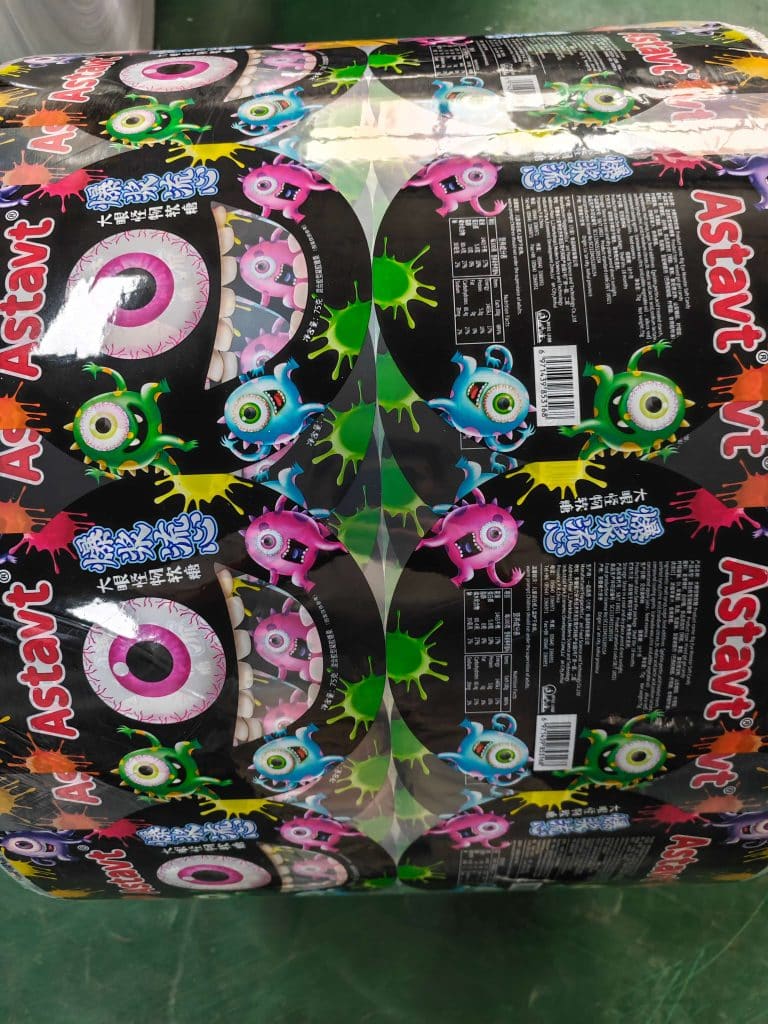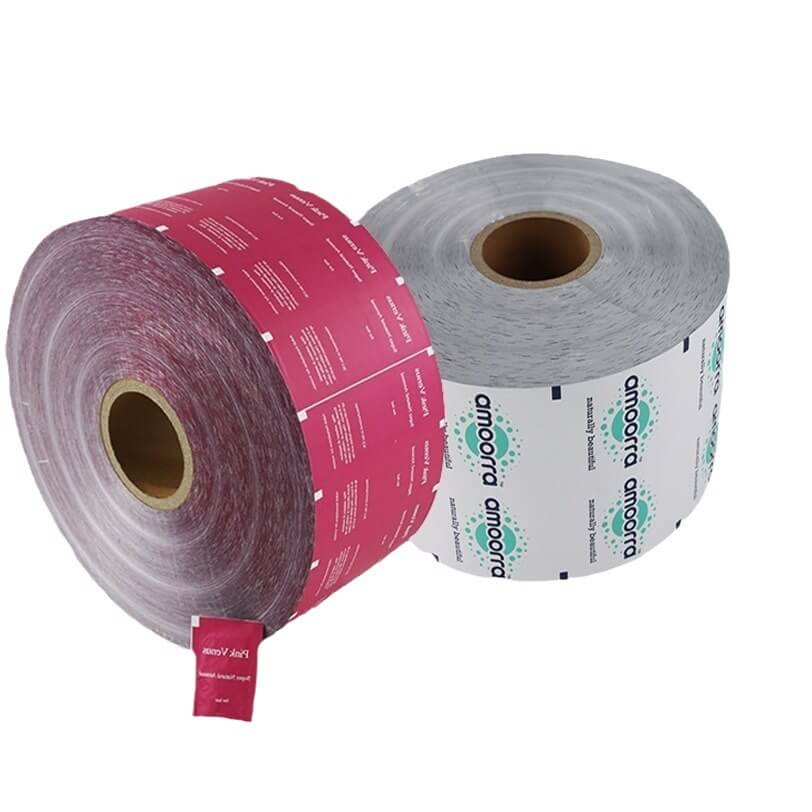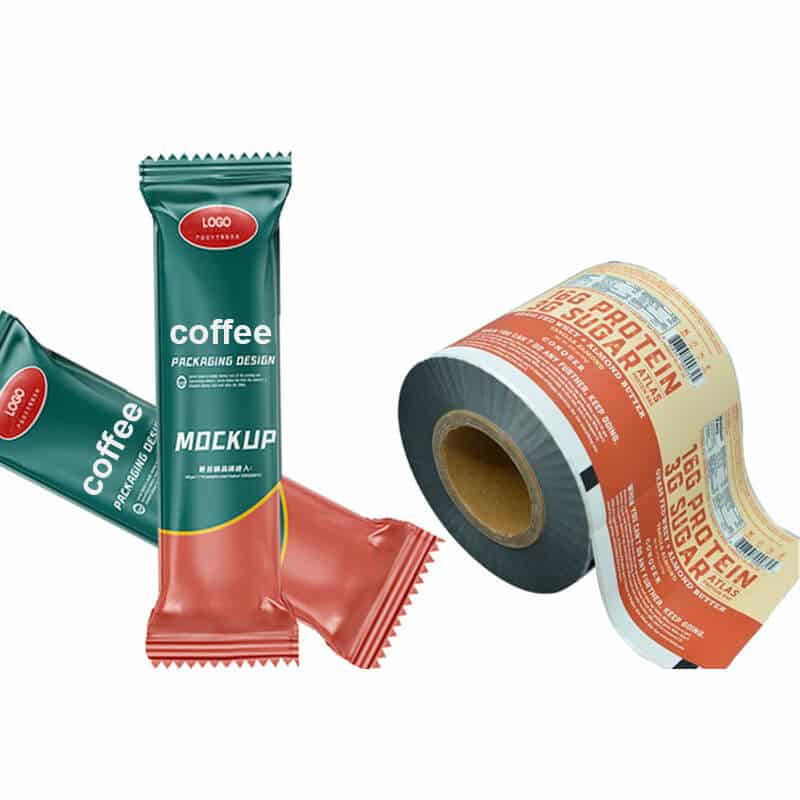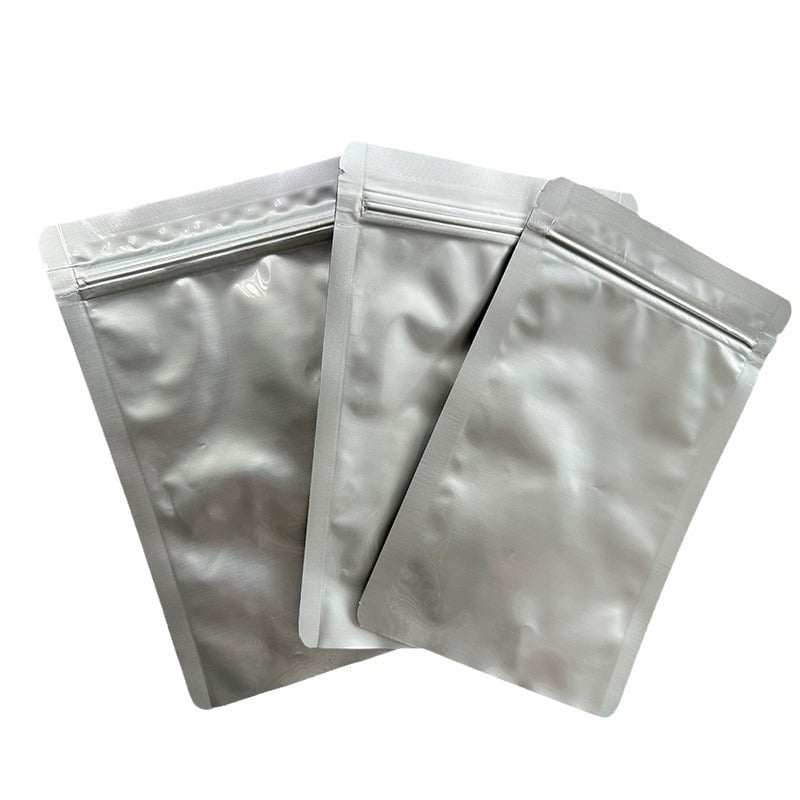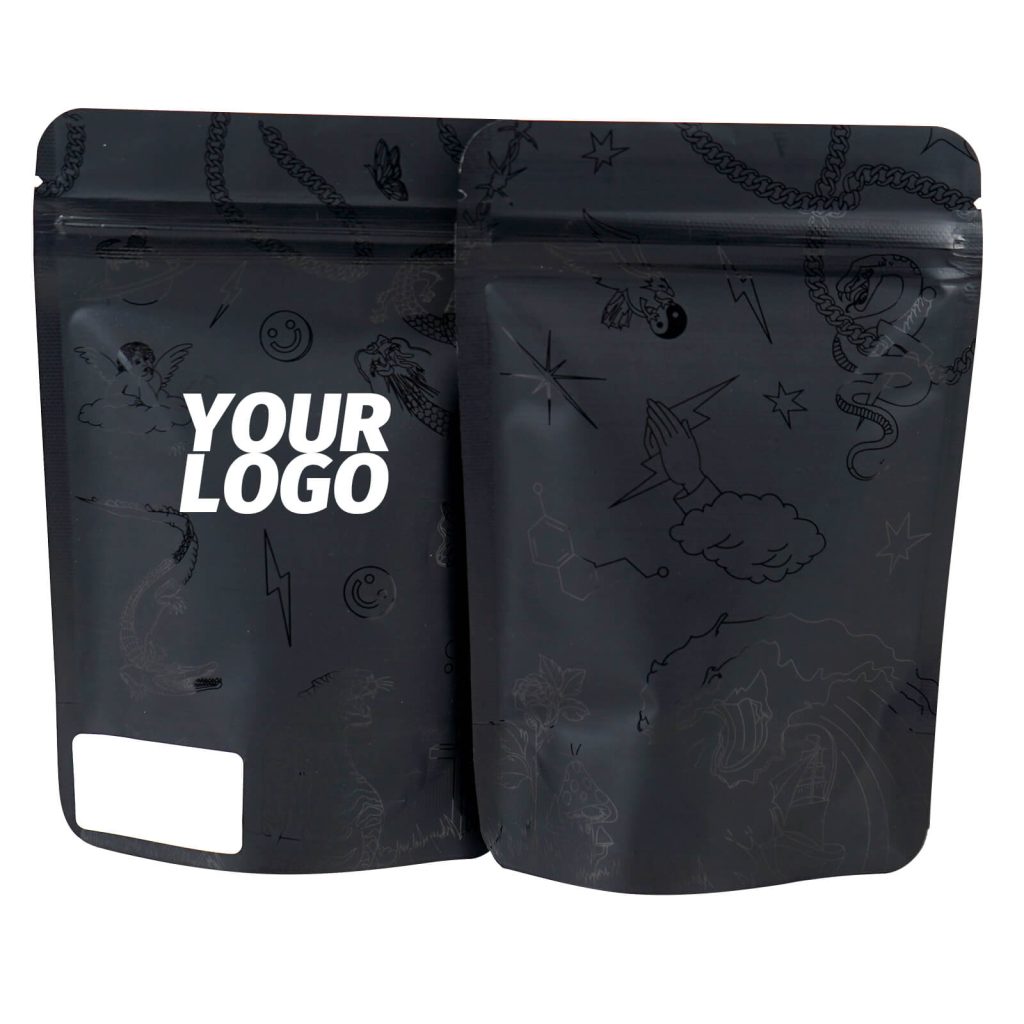What is kraft paper
Kraft paper has the characteristics of environmental protection, recyclability, and cost saving. With the increasing demand for packaging environmental protection in the entire international market, kraft paper has become the preferred material for kraft paper packaging bags due to its high strength and environmental protection performance.
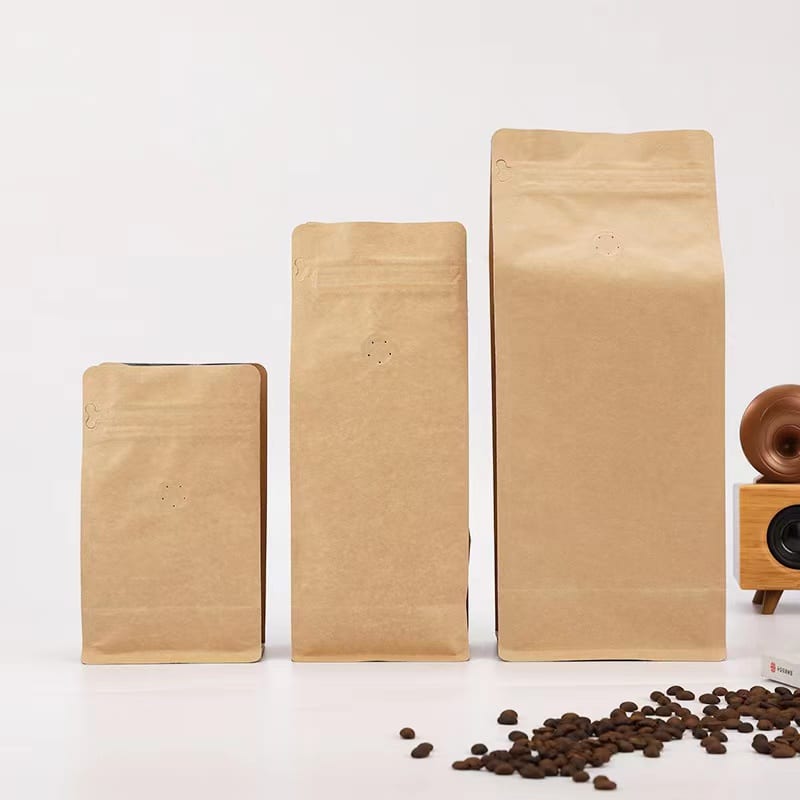
How is kraft paper made
The production process of kraft paper includes several steps:
Beating: This process first decomposes wood chips into small fibers. Then mix the wood fibers with chemicals such as sodium hydroxide and sodium sulfide in a large container called a digester.
Bleaching: If the paper needs to be bleached to a lighter color, the pulp is sent for a series of chemical treatments using chlorine dioxide, hydrogen peroxide, or oxygen.
This step will remove any residual lignin and produce white color.
Washing: After the pulp is digested and bleached, it will be washed to remove any residual chemicals.
Refining: The pulp is then fed into a refining machine to increase its strength and form a uniform texture.
Forming: Then the pulp is passed through a machine and spread onto a large flat screen to form paper.
Drying: Finally, dry the bed sheets to remove any residual moisture and make the finished product.
As for the safety of kraft paper, the chemicals used in the pulping and bleaching processes are generally considered safe and do not pose a significant risk to human health. The production process is strictly regulated to ensure the removal of any residual chemical substances during washing and drying processes.
In addition, kraft paper is a non-toxic and biodegradable material, making it a popular choice for environmentally conscious consumers and businesses
Color classification of kraft paper
Natural colored kraft paper is brown in color, with a relatively dull color and obvious surface impurities. It is generally used as an outer packaging and mainly plays a role in dust, moisture, and shock prevention.
Single sided glossy kraft paper, on the basis of the original sheet, has one side coated with the original slurry. The coated surface is smooth and bright, showing a yellow brown color, and can be printed in color. And the other side is basically the same as the original colored kraft paper, with impurities.
Double sided glossy kraft paper, all wood pulp kraft paper, both sides are relatively smooth and shiny. The color is brown and can be printed in multiple colors. It has a full wood pulp coating on both sides and has toughness.
White kraft paper
White kraft paper is a double-sided white kraft paper, which can be divided into domestic white kraft paper and imported white kraft paper. Generally speaking, white kraft paper is also divided into white kraft paper and ultra white kraft paper, sometimes referred to as high white kraft paper. According to the performance of the paper, it is divided into down and flame-retardant white kraft paper, high humidity resistant and strong white kraft paper, waterproof white kraft paper, and gray free white kraft paper. For some packaging and printing products, coating, paper covering, embossing, and food grade dyeing processing can also be carried out.
yellow kraft paper
There are two types of yellow kraft paper, one is refined kraft paper with a pure bright yellow color on both sides. Another type is double-sided yellow kraft paper with stripes. Both types of paper belong to high-end kraft paper and are relatively expensive.
Black kraft paper
Black kraft paper refers to black kraft paper with lower weight and black kraft paper with higher weight. It is also divided into gray bottom single sided black cardboard, single sided transparent dark cardboard, double-sided transparent dark cardboard, and all wood paddle black cardboard.
The Origin of Kraft Paper and the Food Industry
There is a special demand for kraft paper in kraft paper products, which is food packaging kraft paper. Benefiting from people’s attention to food safety, the market demand for food packaging kraft paper as a food packaging material is constantly increasing, and the product is constantly standardized. The current characteristic of food packaging kraft paper is that almost all of it is produced using full wood pulp. Due to the use of recycled pulp and products that can reach the level of food packaging kraft paper, they have not yet appeared in the market.
Packaging kraft paper is very popular in the food industry, and food grade kraft paper has excellent performance. It not only has moisture-proof or waterproof properties, but also has characteristics such as resistance to oil immersion, low temperature freezing, and long shelf life. Compared with packaging materials such as plastic and glass, there is not much difference in performance, but the cost of food grade packaging kraft paper is much lower than that of general packaging materials.
Food grade kraft paper can be recycled and reused. Compared to bleached white paper, kraft paper has many unique advantages in terms of performance. For home food packaging, such as barbecue or homemade food, the natural brown color of kraft paper makes the packaging look warm and nostalgic. For example, in a rural steak restaurant decorated in a wooden style, the takeout food is packaged in kraft paper, and even when not in the restaurant, one can feel the style of the restaurant. The unique appearance of kraft paper alone is also more prominent than the overall white packaging.
The Characteristics of Kraft Paper in Transportation
As a packaging material, kraft paper naturally needs to have high compressive strength, as many products need to be transported through logistics. During transportation, it is easy to encounter packaging problems, such as compression, folding resistance, and good toughness.
Safety Index Testing of Kraft Paper
An important testing indicator for the performance of food grade white kraft paper is the content of fluorescent agent, which is harmful to human health if the content of fluorescent agent is too high. Because there is no brightener added, it is difficult for white kraft paper to achieve high whiteness. In order to achieve this whiteness, many kraft paper manufacturers add a large amount of fluorescent powder as a whitening agent in their production. But fluorescent powder is harmful to the human body and long-term exposure carries a risk of cancer. Therefore, the use of white kraft paper with added fluorescent powder is absolutely prohibited in the food packaging industry.
So, what are some simple methods in our daily life that can quickly detect whether the fluorescence content of white kraft paper exceeds the standard? We can use these simple methods.
Detect with a cash detector.
1.This is a relatively fast method, which is to directly irradiate the UV function of the banknote detector on the white kraft paper, and then slowly move it. If there is obvious fluorescence phenomenon, it is clear that the fluorescence content of the kraft paper product is severely excessive and cannot be used for food packaging.
2.The accuracy of the sunlight irradiation method is relatively low because the sun itself contains ultraviolet rays. If fluorescent substances can be seen, it also indicates that the white kraft paper fluorescent agent exceeds the standard. This method is said to be inaccurate because if fluorescent substances can be seen in sunlight, it indicates that the fluorescent agent of white kraft paper products seriously exceeds the standard. In fact, sometimes the fluorescent agent content exceeds a certain range and we cannot see it in sunlight, so it is generally not recommended to use this method.
3.Visual observation method. The so-called naked eye observation method is to directly observe the whiteness of white kraft paper. Generally speaking, the whiteness of food grade white kraft paper is relatively low, and even slightly yellowish. If the white kraft paper in your hand is as white as A4 copy paper, it goes without saying that this white kraft paper can be clearly classified as non food grade.

